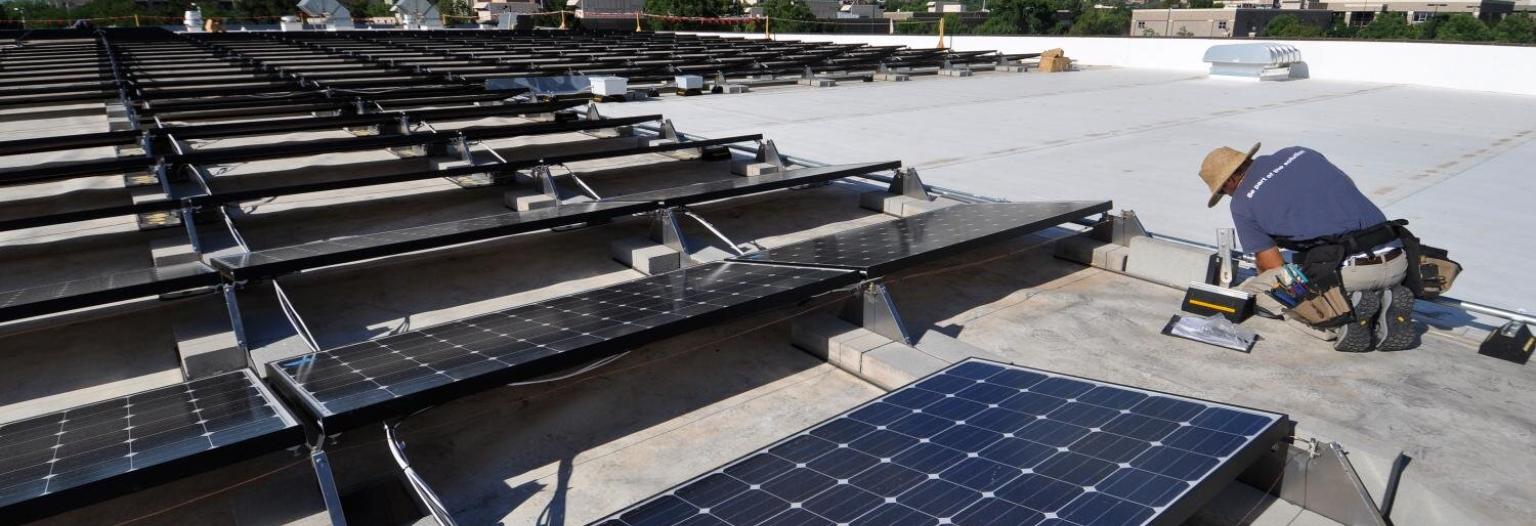
Dear Latrice,
We also love...
Forest | Denver, CO
That’s why we’re developing more efficient solar panels to generate energy with fewer resources.
Campus Location

One major breakthrough came when researchers discovered that adding a compound called DMAFo stops perovskite cells from breaking down when exposed to air. This means they can be produced on a larger scale in normal conditions. These improved cells have already reached 25% efficiency, a key milestone for making them commercially viable.
Even more exciting, the team is working on “tandem” cells that layer perovskite with traditional silicon. These could convert over 50% more solar energy than current panels, making them a game-changer for renewable energy.
While durability tests are still needed, McGehee and his team are optimistic about the future of perovskite cells. Their work could bring us closer to a world powered entirely by advanced solar technology.

